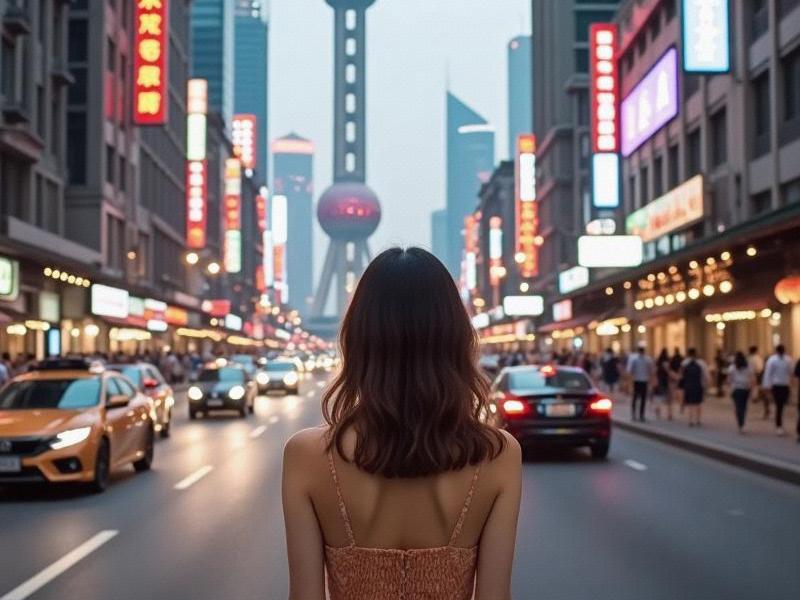This 2,700-word investigative report explores how Shanghai's entertainment clubs have evolved from traditional KTV parlors to multifunctional cultural spaces, reflecting changing urban lifestyles and consumption patterns.

The flickering neon signs along Shanghai's Huangpu River tell a story of metamorphosis. What began as simple karaoke boxes and banquet halls in the 1990s has blossomed into Asia's most sophisticated nightlife ecosystem - where entertainment venues now serve as hybrid spaces combining performance art, gastronomy, and technological innovation.
Shanghai Entertainment Landscape 2025:
• Licensed venues: 3,842 (23% increase since 2020)
• Nighttime economy value: ¥187 billion ($26 billion)
• Employment in sector: 320,000 workers
• Average customer age: 34.6 (up from 28.9 in 2015)
• Female patrons: 48% of clientele (global average: 36%)
爱上海419论坛 Three Revolutionary Trends:
1. THE RISE OF "CULTURAL CLUBBING"
• Traditional KTVs incorporating live theater performances
• Jazz clubs hosting literary salons by day
• Members-only spaces offering art curation services
• Multi-sensory venues blending mixology with VR experiences
新上海龙凤419会所 2. SAFETY AND STANDARDIZATION
• Government "Night Mayor" program regulating operations
• Blockchain-based ID verification systems
• Nation's first hospitality staff certification program
• Smart surveillance ensuring guest protection
3. LOCALIZED GLOBAL EXPERIENCES
• Suzhou opera-inspired cocktail bars
上海龙凤419 • "Longtang" (alleyway) themed VIP lounges
• Fusion menus pairing Shanghainese snacks with craft cocktails
• Digital payment systems accepting both WeChat Pay and cryptocurrency
"Shanghai's entertainment venues are no longer just places to drink - they've become cultural embassies," observes nightlife consultant Zhang Wei. "The new generation wants intellectual stimulation with their cocktails, and venues are responding by becoming platforms for creative exchange."
As Shanghai implements its 24-Hour City initiative, these transformed entertainment spaces demonstrate how urban nightlife can evolve beyond mere revelry into legitimate cultural infrastructure. The city's model offers lessons for global metropolises seeking to cultivate vibrant yet responsible nighttime economies that serve both tourists and locals.